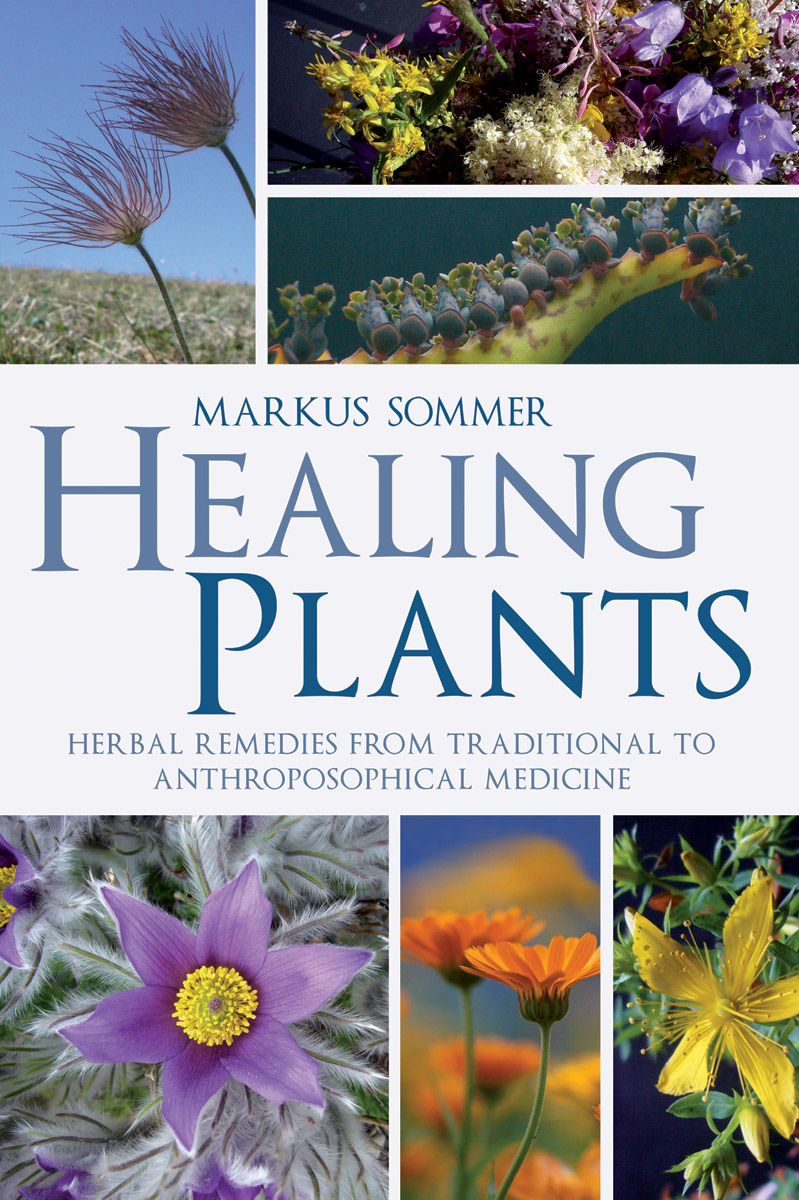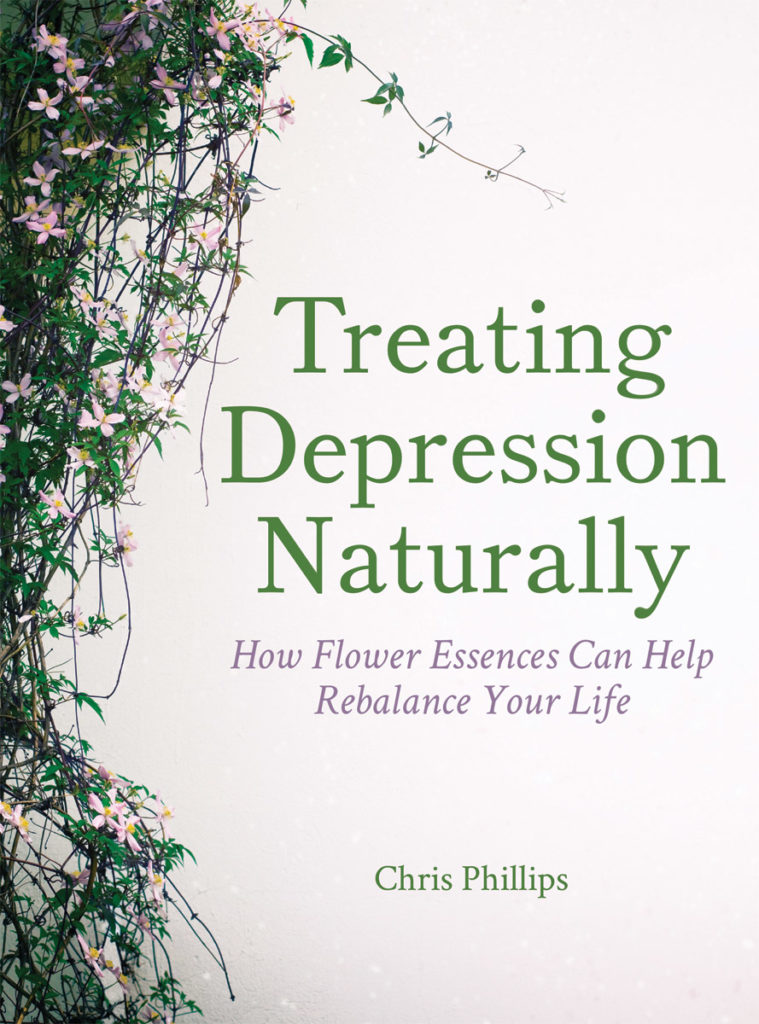Dandelions, Daisies and Peppermint: Inside “Healing Plants”
by Floris Books • 28 July 2020 • Extract, Holistic Health • 0 Comments
Could the plants found in our kitchens and gardens hold medicinal properties? In Healing Plants: Herbal Remedies from Traditional to Anthroposophical Medicine Markus Sommer lifts the lid on the powerful secrets of the plant world. Describing the characteristics of over 30 plants, he vividly reveals all aspects of their nature and medicinal use.
Discover how to reap the benefits of dandelion tea, daisy essence and peppermint in this extract from Healing Plants:
Dandelion Tea

Two teaspoons of chopped dandelion leaves in a cup of boiling water left to infuse for 10 minutes give a strong, bitter-tasting tea which stimulates bile production and therefore assists digestion.
The tea also has a diuretic effect, which is why it is good as a preventative for a tendency towards kidney and bladder stones. However, dandelion is usually used in mixed teas. It is mixed with other herbs both as a digestive (toning and strengthening bitter tea) and also as a diuretic in cases of mild bladder infections and for preventing bladder stones.
For a bitter tea, a mixture of dandelion leaves, common centaury, blessed thistle, yarrow and wormwood can be used. For a bladder tea, mix dandelion, nettle and horsetail.
Daisy Essence

You can make daisy essence yourself by placing 20 g (1 oz) of finely chopped daisies (leaves and flowers) in a jar with a good seal in double the quantity (40 g, or 2 oz) of 20% ethanol for at least two weeks.
To extract the constituents more thoroughly, place the plant material in a mortar and crush well in alcohol. Shake the jar with the plant and alcohol mixture well every day. Finally, squeeze out the liquid.
A makeshift way to do this is by emptying the contents of the jar into a coffee filter bag and squeezing it well between a plate and a wide jar with a flat bottom.
The essence can be dropped on to skin blemishes twice daily.
Peppermint Tea

Pour one cup of boiling water over about two teaspoons of dried leaves and cover, so that the essential oils do not evaporate. Let stand for 10 minutes.
Drink a cup several times a day for upset stomach, slight biliary disorders or diarrhoeal diseases. For acute conditions with a tendency to vomit, a sip can be taken every few minutes.
When peppermint tea is used purely for enjoyment it should be exchanged for a different tea after a few weeks. Drinking it for too long can itself lead to abdominal problems in some sensitive people.
The cooled tea can be used for washing the face to treat minor skin blemishes. Skin irritations can also be soothed by compresses.
In the case of the abdominal pains mentioned above, it can be useful to mix peppermint with chamomile flowers and yarrow leaves.
Disclaimer: Please note that the author and the publisher disclaim any warranty of fitness for a particular purpose and warn that readers should not rely on the content above as a substitute for conventional medical treatment. The applications and case studies described in this blog and the book cannot replace the advice and treatment of a medical specialist. For a correct diagnosis and appropriate treatment in the case of health problems, or suspected or existing disease, you should always seek the advice of your doctor/physician.
We hope you enjoyed this extract from Healing Plants. If you’re interested in finding out more about the benefits of a holistic approach to health why not check out the following:
Treating Depression Naturally: How Flower Essences Can Help Rebalance Your Life
Healing for Body, Soul and Spirit: An Introduction to Anthroposophic Medicine


